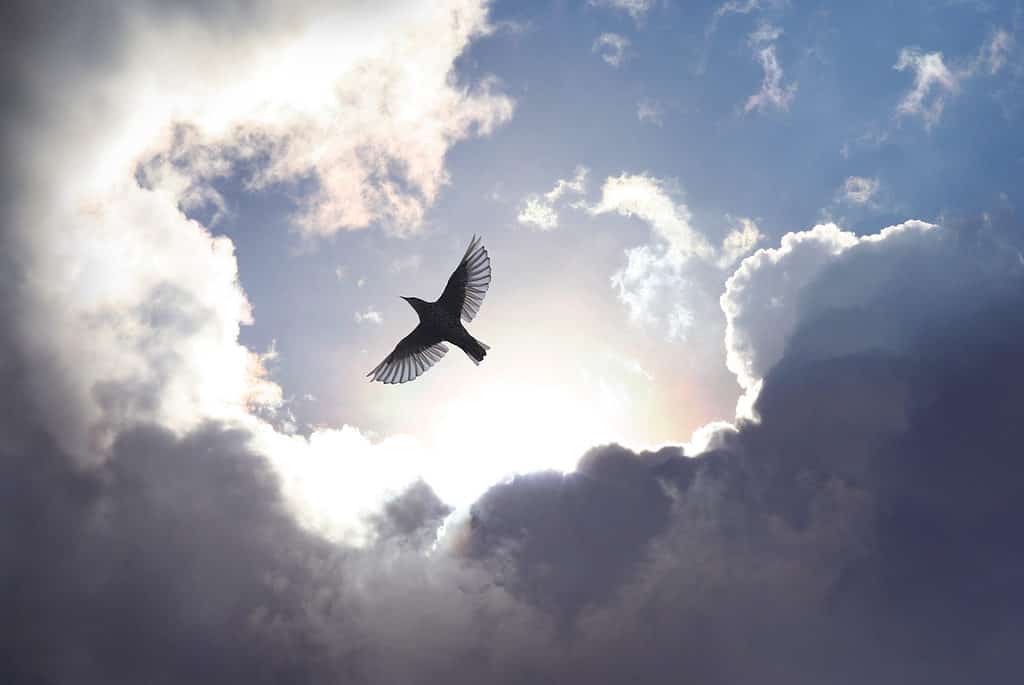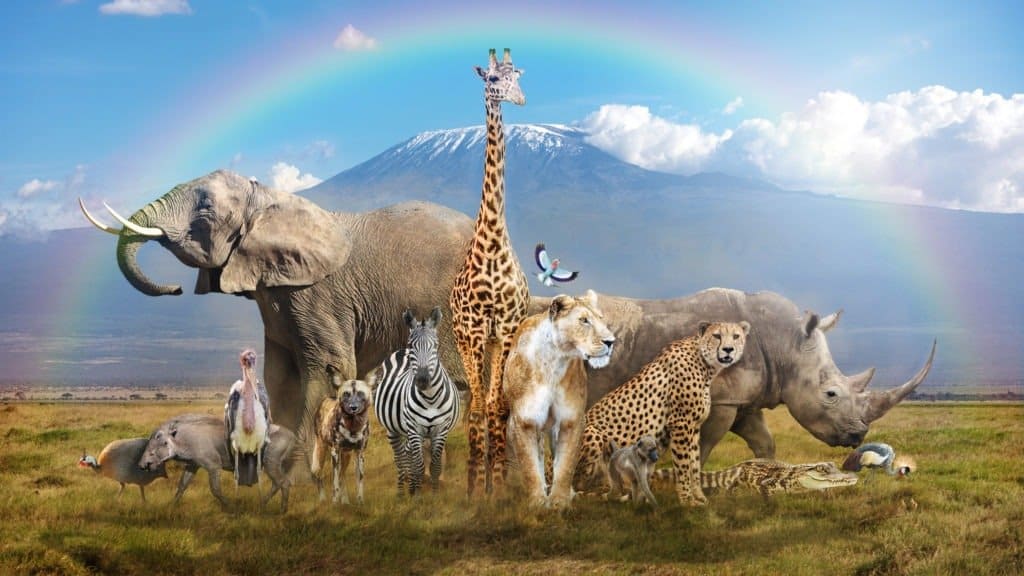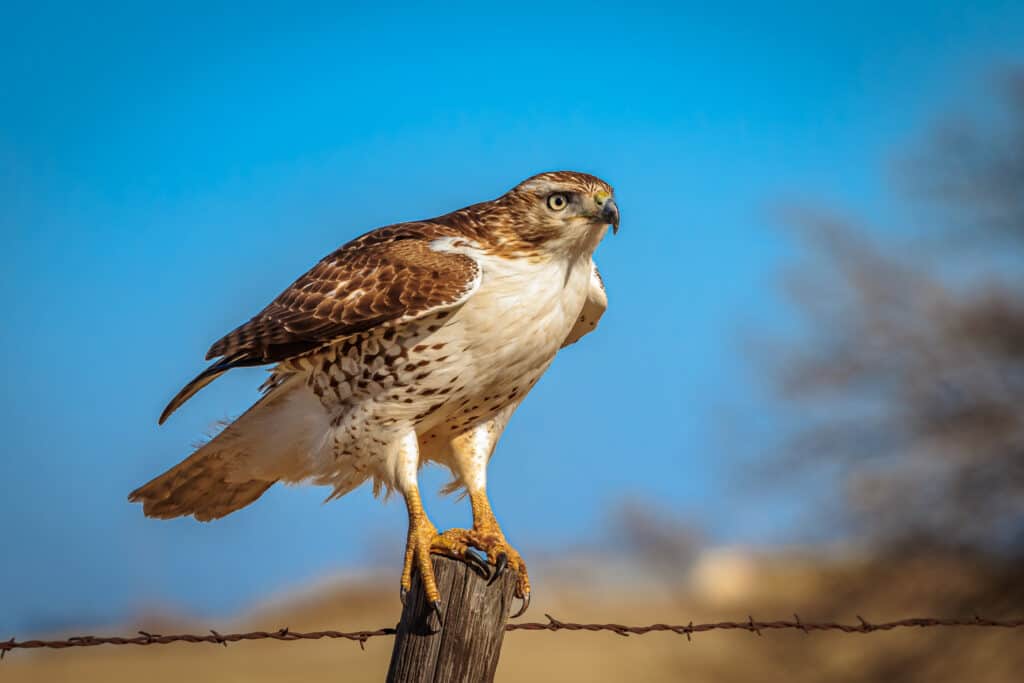Hawks are widely regarded as impeccable hunters and symbols of freedom worldwide. The Native Americans typically view the hawk as a symbol of strength and protection. Dreaming of hawks may be considered a sign of an ill omen because they often appear to protect people from their enemies.
Spirit animals are one way the Native Americans and Indigenous peoples of North America connect with the animals and nature around them. Hawk spirits have meaning to the North American Indigenous people and having a hawk guide you as a spirit animal is a great honor. Keep reading to learn about what hawks mean to the Native Americans.
Disclaimer
The writer of this article is not of Indigenous, First Nations, or Native American heritage. Despite this, we did our best to source as many Native voices as possible. However, there may still be discrepancies as no two Native American tribes have precisely the same spiritual beliefs.
This article is not meant to be an authoritative source on Native American culture. It is for educational and entertainment purposes only. Additionally, A-Z Animals does not condone or encourage the appropriation of the spirit animal into non-Native lives.
Spirit animals are a cultural zeitgeist of the Native American and Indigenous peoples. They are not novelties or toys that you can try on at will. We ask that you respect the voices of Native American people when they ask us not to appropriate spirit animals or clans into our lives. For more information about the appropriation of the spirit animal, we encourage you to read this article from the National Museum of the American Indian.
What Is a Spirit Animal? What Do They Mean to Indigenous People?
As we mentioned, spirit animals are a cultural zeitgeist for Indigenous and First Nations peoples, especially those from North America. But unfortunately, many people outside of the Indigenous communities have incorrectly appropriated the spirit animal to be like a Zodiac sign, determining what kind of person you will grow up to be.
Instead, spirit animals are regarded as teachers, messengers, or guides that appear to people as animals. The meaning you derive from your spirit animal is not set in stone; you determine its meaning through your interactions with it.
Of course, animal spirits carry general meanings, and the hawk is no different. But those meanings do not determine who you are or speak to your character. Further, you are not limited to just one spirit animal. Many animal spirits may visit you throughout life to guide you through tricky times or simply be friends for daily life.
Spirit animals are also not the only animal spirits you may encounter throughout life. Power animals and birth totems are other animal spirits that the Native Americans revere. These animals may also appear to you as you navigate life.

©DreamLand Media/Shutterstock.com
What Is a Birth Totem? What Does It Mean to Indigenous People?
Birth totems are essentially a Native Zodiac. Like our Western Zodiac, the birth totem is determined by the date and time of one’s birth. The birth totem animals differ from tribe to tribe; some tribes don’t use birth totems at all.
Like with the Western Zodiac, birth totems determine who you are inside and who you will grow to be. Each birth totem is unique to the tribe that believes in them. For example, some tribes may consider a birth totem a positive thing. In contrast, other tribes may not include certain animals in their birth totem list because they view them as ill omens.
What Is a Power Animal? What Does It Mean to Indigenous People?
Power animals are another animal spirit that indigenous individuals regard as important. Power animals are spirits you invoke when you need that animal spirit’s mystical powers or properties. For instance, in a tribe where the fox is considered a medicinal animal, a medicine man may invoke the spirit of the fox during an outbreak of illness in the tribe.
Like with spirit animals, you’re not limited to just one power animal in life. Instead, you may find that you need the power of many different animal spirits over your life, and those spirits will aid you as you need them.

©GoodFocused/Shutterstock.com
What Do Hawk Spirits Represent?
In Native cultures, hawks may have different meanings depending on the particular tribe’s mythos and spiritual beliefs. Since different tribes have different beliefs, we’ve done our best to compile some information about individual tribe beliefs to the best of our knowledge.
Hopi
The Hopi tribes have some of the most detailed animal spirit legends we could find. The Hopi believe in Kachinas, spirits of nature that they revere and learn from. Palakwayo, or the red-tailed hawk, is one of the Kachinas in their mythos.

©Richard G Smith/Shutterstock.com
Cheyenne
The Cheyenne tell a story of the hawk and the magpie winning humans the right to hunt buffalo. Initially, according to this legend, buffalo used to hunt and eat people. The hawk and the magpie ate neither each other nor the people. Thus, they sided with the people against the buffalo.
The animals organized a race, with the winners earning the right to eat the losers. The people were nervous as the race course was long, and humans were not sure they’d be able even to finish the race, let alone win. However, hawk and magpie knew they would be able to defeat Neika — “Swift Head” — the fastest buffalo cow. So, they kept pace with her until the finish line when they swooped past her and won humans the right to hunt the buffalo.
The buffalo told their young to hide from the humans and take some human flesh with them. So the young buffalo did as they were told and put the human flesh in their chests and under their necks. Thus, humans do not eat this part of the buffalo as it is thought to be part of human flesh.
Shawnee
The Shawnee tell a tale of a shapeshifter who happened upon a wicker basket of Star Maidens. The maidens played and danced in the prairie in a magic circle. The shapeshifter, Waupee, was taken with the Star Maidens, especially the youngest of the group. He attempted to capture her and make her his wife, but the girls were as fast as birds and quickly jumped back into their basket to ascend back to the heavens.
Waupee assumed several forms in his quest to make this Star Maiden his wife, including an opossum and, eventually, a mouse. Upon capturing her, he was determined to make her forget about her life as a Star Maiden, but he could not quell her homesickness.
Eventually, Waupee’s wife made a wicker basket in secret and took their son to ascend up into the stars again. Waupee was heartbroken and searched for a way to bring his wife back. However, that was already in motion.
Upon reuniting with her father, the Star Chief, Waupee’s wife was told to take her son back to Earth to see his father and to invite Waupee to live amongst the stars. But he was to bring a trophy from every animal he had hunted.
Waupee brought these trophies to the Star Chief, and many other Star folk began to choose gifts from what Waupee had brought. Those who chose an animal trophy turned into animals and descended to Earth. Waupee, his wife, and their son chose feathers of the white-tailed hawk and descended to Earth as hawks.
Arapaho
The Arapaho tell the story of a young woman named Sapana, the most beautiful girl in her village. One day, she and her friends were out when she noticed a porcupine. She convinced her friends to help her catch the porcupine so they could use its quills to sew and embroider.
However, the porcupine began to climb a tree, and Sapana followed it to the best of her abilities. Still, the porcupine was fast, and Sapana reached the top of the tree. Unfortunately, when she did, the porcupine transformed into an ugly old man who kidnapped Sapana and took her to his home in the sky.
The porcupine man would bring back buffalo hides for Sapana to work into robes each day. During the morning, she was to go looking for turnips for them to eat, but the porcupine man warned her not to dig too deeply into the ground.
However, one day Sapana found an enormous turnip. When she finally pulled the turnip from the ground, she realized why the porcupine man had warned her against digging deeply for turnips; before her sat a hole in the sky through which she could see the Earth below.
Sapana began to develop a plan to return to the Earth using the strips of sinew left over from her daily work stretching and softening buffalo hides. When she believed she had enough strips of sinew to reach the Earth, she returned to the place where she found the enormous turnip. She removed the turnip and dug the hole wider so her body could fit through.
She laid her digging stick over the hole and tied the sinew to the sick to lower herself down onto the ground. However, she had not collected enough sinew strips to reach the ground, only the tops of the trees. She stayed hanging from the sky for many hours until the porcupine man returned and sought her out.
He found her hole and began shaking the lariat she had created, threatening to kill her if she did not climb back up the rope and back into the sky. At this time, the buzzard was flying by. She called out to the buzzard for help, and he hoisted her onto his back to fly her down to the ground.
While in the air, the two came upon a hawk who flew her part of the way to her home. However, before they reached her family, hawk began to tire, and buzzard took over for him for the remainder of the journey.
Final Thoughts
Spirit animals are just one way Indigenous, First Nations, and Native Americans connect with the nature around them. There are many other ways that Indigenous, First Nations, and Native American peoples connect spiritually with the world around them.
Once again, A-Z Animals recommends listening to and hearing Indigenous voices when they tell us not to appropriate their cultures by wantonly adopting them into our own lives. These are essential spiritual beliefs to the First Nations peoples and should be treated with the respect and reverence we would want for our own spiritual beliefs.
Up Next
- Bear Spirit Animal Symbolism & Meaning
- Otter Spirit Animal Symbolism & Meaning
- Owl Spirit Animal Symbolism & Meaning
The post Hawk Spirit Animal Symbolism & Meaning appeared first on AZ Animals.
from Animal News, Facts, Rankings, and More! - AZ Animals https://ift.tt/4b5Yetj